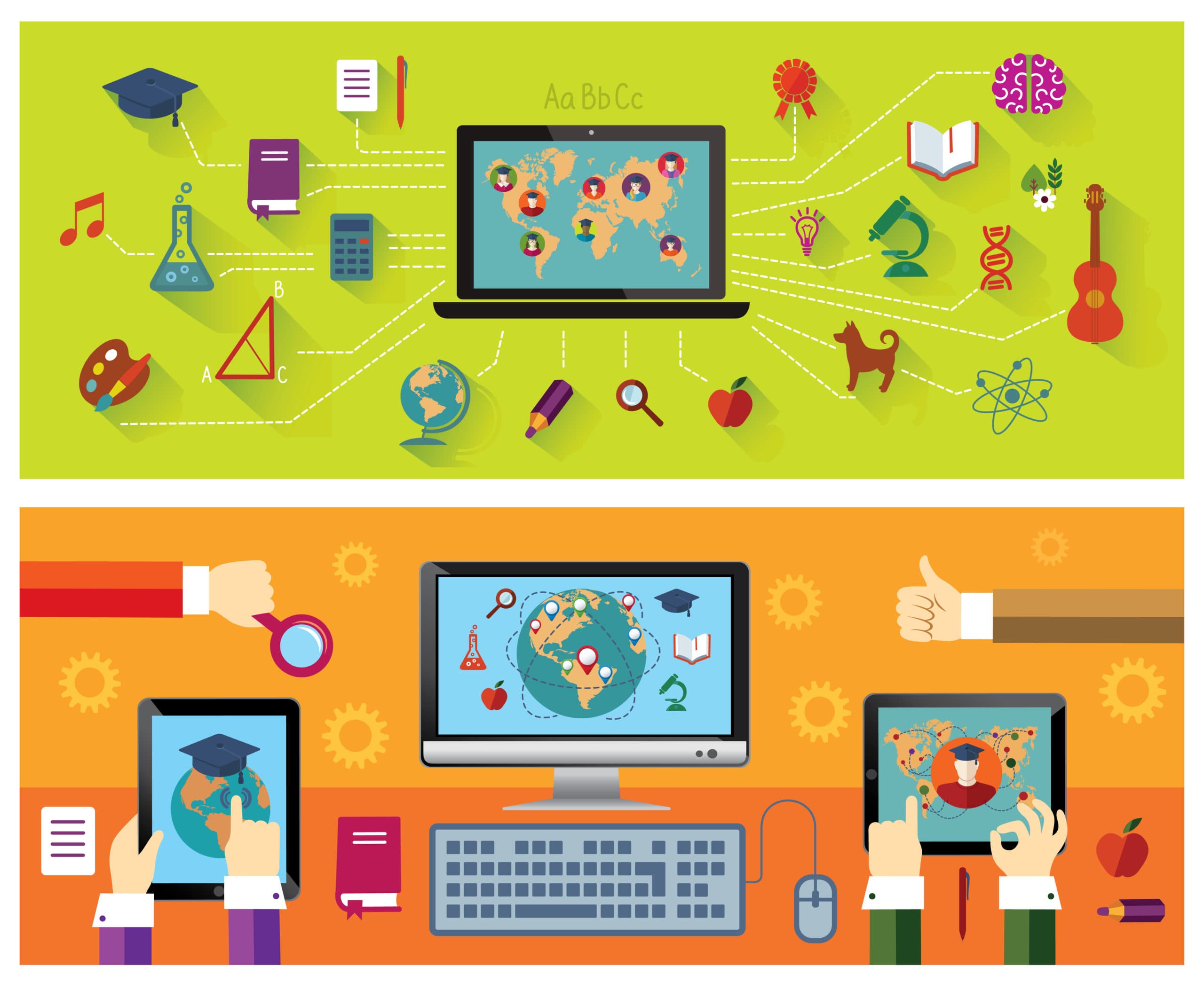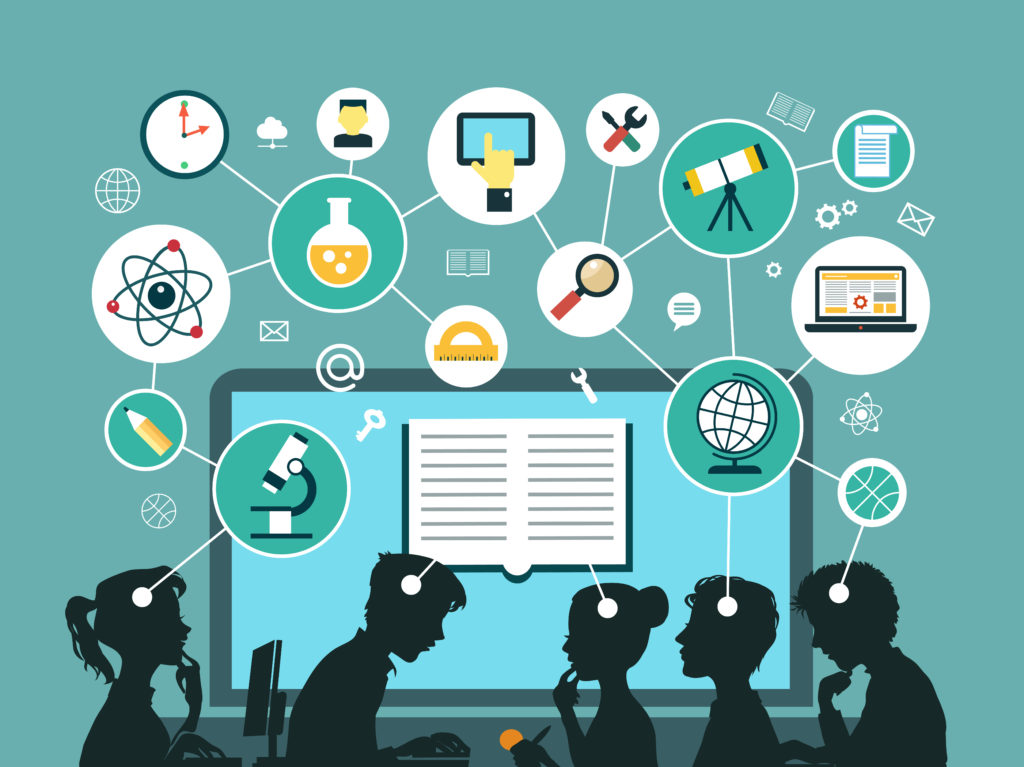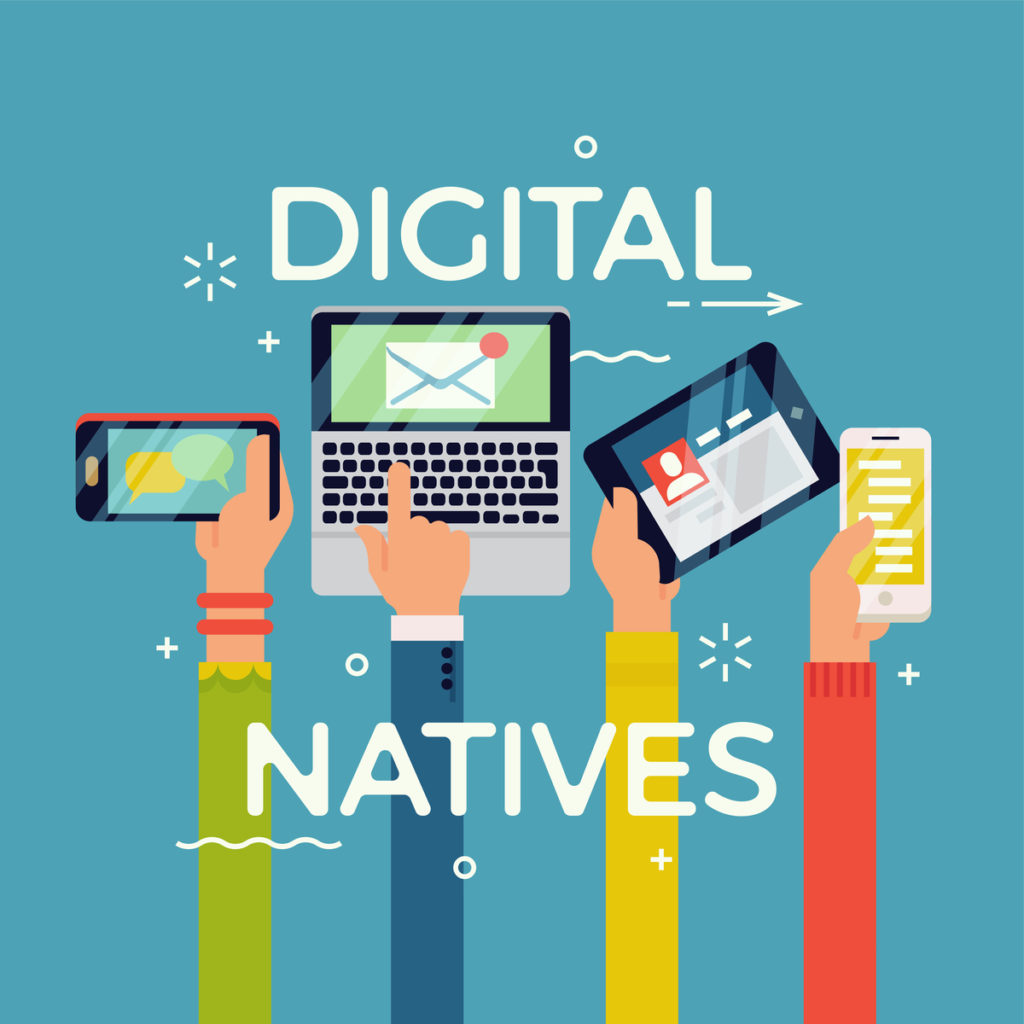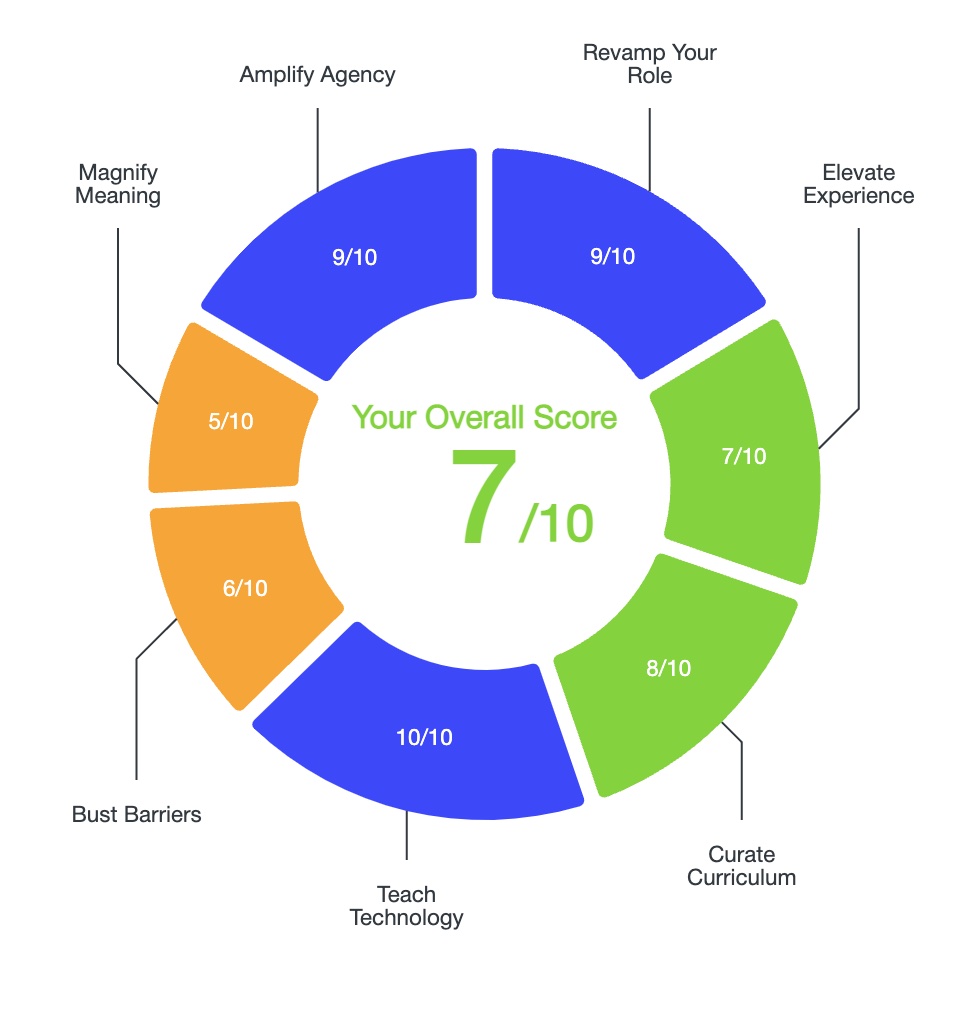Why Use Education Technology? The Ultimate Guide
Introduction:
Technology impacts almost every element of our society, and in the future the world our students will live in will be even more impacted by technology in ways we can’t predict. In our rapidly changing society, it is essential that we educate students how to think critically about information in digital world, as well as how to use new technologies. Therefore, education technology must be a fundamental part of how to educate the next generation.
Here are 10 reasons why:
- Educate Future Citizens of Our Society
- Prepare Students for the Future of Work
- Close the Digital Divide
- Educate Digital Natives in Their Native Language
- Differentiate Instruction & Personalize Learning
- Amplify All Student Voices
- Excite & Engage Learners
- Help Teachers Focus on What’s Important
- Deepen School to Home Connection
- Foster New Interests & Talents


#1: Educate Future Citizens of Our Society
Our primary role as educators is to provide students with the tools they need to make informed decisions as members of our democracy. In our society, that means teaching students how to think critically about digital information, as well as how to be better digital citizens.
There is no question that new technologies have brought a wave of challenges to our society. Students today live in a world full of fake new stories, digitally altered images and videos, and bullying and trolling on social media.
Grave problems require a brave response. Educators must proactively teach students how to determine the reliability of the information they find online, as well as how to treat each other with dignity and respect when interacting in digital spaces for the health of our democracy.
#2: Prepare Students for the Future of Work
Work is inevitably going to look different in the future, and it is our responsibility to prepare students for that reality.
Machine automation has already led to significant world-wide political and economic unrest. Automation is only going to speed up and will inevitably change the nature of work when our students are looking for jobs.
Right now, the most highly paying jobs are given to people who can think critically, creatively solve problems, and collaborate with others. Not only that, the most lucrative careers are those that apply those skills using technology. In the future, the reality that people with higher order thinking skills who are also proficient in technology will have greater access to jobs will only continue to grow.


#3: Close the Digital Divide
There is a widening digital divide between people with access to technology and those without. It is our responsibility as educators to help close that gap.
When educators talk about the achievement gap, they are referring to traditional foundational skills in math and reading. We don’t hear as often, however, about the gap in technological skills or the gap in access to technology.
For many of our students, public schools might be the only place where they have access to a device, access to WiFi, and might be the only place where they learn the skills necessary to use technology in the workplace. In order to close the digital divide, educators must strive to provide all students access to technology as well as the technological skills needed for the future.
#4: Educate Digital Natives in Their Native Language
All educators currently teach students who grew up as digital natives in a digital world.
Generation Z has never known a world without the Internet, and many grew up learning at a very young age how to use a supercomputer that fits in the palm of their hands. Today’s students have a natural inclination toward technology and toward social sharing. They want to work together to solve problems. They want to share what they have created with others. And they want to use technology to do it. We should embrace that.


#5: Technology Helps Differentiate Instruction & Personalize Learning
Education technology allows teachers to deliver differentiated, personalized instruction to their students.
In today’s classroom, a teacher is likely to have students with academic skill levels that are all over the map. A middle school math teacher, for example, might have students who lack foundational skills in multiplication, but might have others who are ready for advanced Algebra. A reading teacher might have students reading at numerous different reading levels.
Actually implementing differentiated instruction and personalized learning is extremely time-intensive and challenging. However, with education technology, teachers can provide students with the targeted instruction they deserve.
#6: Technology Amplifies Different Voices
In order to achieve true equity in education, all students must be given a voice.
It is our responsibility as educators to help students learn to express themselves. Still, teachers often ask students to show their understanding through a limited range of traditional means like tests and whole-group conversations. Creativity apps allow students to find and share their ideas and understanding in a way that makes sense for them and inspires them through audio recording, video creation, digital books, photo journals, graphics creation, and more.
Furthermore, education technology helps students begin to see themselves as digital creators as opposed to just digital consumers.


#7: Technology Engages & Excites Learners
Students get excited about using technology in class, and student engagement increases when they are asked to do complex, collaborative projects using technology.
All teachers want their students to be engaged, but creating meaningful, challenging activities for students is hard work. Education technology doesn’t replace thoughtful planning, but it does create new opportunities for creative projects that simply would not be possible without its use.
#8: Technology Can Help Teachers Focus on What's Important
Technology isn’t going to change the fact that teaching is an incredibly hard job, but it can help make a teacher’s job easier. Using technology to automate many of the tasks that take up a teacher’s precious time can help them focus on what’s most important: their students.
Education technology tools can help teachers with grading, providing feedback, responding to emails, organizing materials, maintaining contact with families, and finding engaging material for students.


#9: Technology Can Deepen the School to Home Connection
Education technology helps bridge the gap between school and home.
With such busy schedules, it can be hard for teachers to stay in regular contact with families, and often families don’t know what exactly what is going on in school. Through technology, families can easily be kept in the loop about assignments, grades, as well as events happening at school.
Tools like digital classrooms and digital portfolios provide families with a clear window into their students’ academic lives, and can help strengthen the home-school connection.
#10: Technology Can Foster New Interests and Talents
It’s impossible for a young person to know if they are interested in something unless they’ve been exposed to it.
With education technology, teachers can introduce students to a broad range of activities that might lead to an interest in a career in coding, broadcast journalism, photography, film making, podcasting, website design, app creation, or a field we don’t even know will exist. The possibilities are endless.
Exposing students to new technologies opens a world of possibilities, helps make learning more real, and creates new opportunities for who they might become.


Conclusion
Education technology must be a vital part of how we educate our students.
Technology is here to stay. Indeed, its influence and pervasiveness in our society is rapidly increasing. Our education system must adapt to this reality in order to truly prepare students for the future.

